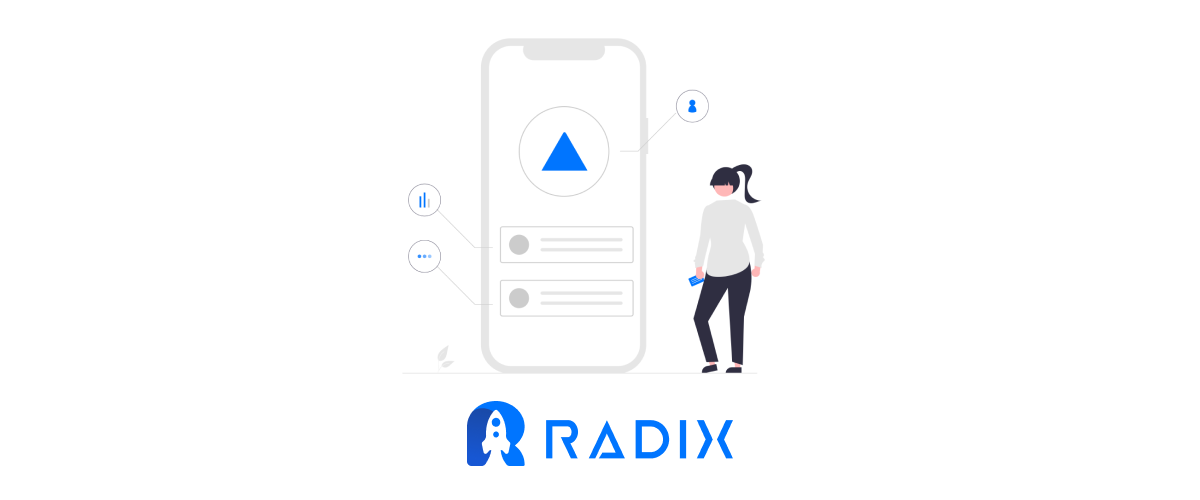You don’t have a successful SaaS business until you have constant app engagement and you won’t achieve product-led growth unless you do.
A taxi app will always be used less often than email, and there isn’t a single engagement metric that is passed around from product person to product person as the standard.
When it comes down to it, though, engagement is defined as people repeatedly doing meaningful activities in your product.
Every successful SaaS company is built on active and engaged customers. If you don’t have a consistent stream of people using your product regularly, you don’t have a sustainable SaaS business. You won’t accomplish product-led growth, either.
This is since subscription money from SaaS applications is generated over months, if not years. It might take up to 7 months for even the healthiest SaaS businesses to generate positive revenue. Your customers must keep using your product for as long as feasible.
What is App Engagement?
Before we get into app engagement tactics, let’s define what engagement means from a product perspective—and why it’s such an important metric for your SaaS business.
In a word, the engagement rate is the percentage of customers who continue to use your product after a certain amount of time has passed. Tracking how many people are engaged with your product is an excellent sign of its overall health, and any changes in this number can be a precursor to future issues.
The fundamental difficulty in tracking product engagement is that the concept of “active” varies greatly between products. While a social media automation tool may have users logging in daily, a finance tool may have users logging in just once or twice a month and yet consider it to be high engagement.
After just one use, most SaaS companies lose their free trial customers. To improve your conversion rate, it’s vital to keep those users engaged during their trial time. However, to improve app engagement, you must provide value over time.
Because engagement grows throughout a user’s journey, a sincere attempt to improve it requires growing regular product usage at every phase. A strong focus on communication and user interaction may help you prevent churn among your existing customer base by keeping them informed about product changes and identifying concerns before they become major issues.
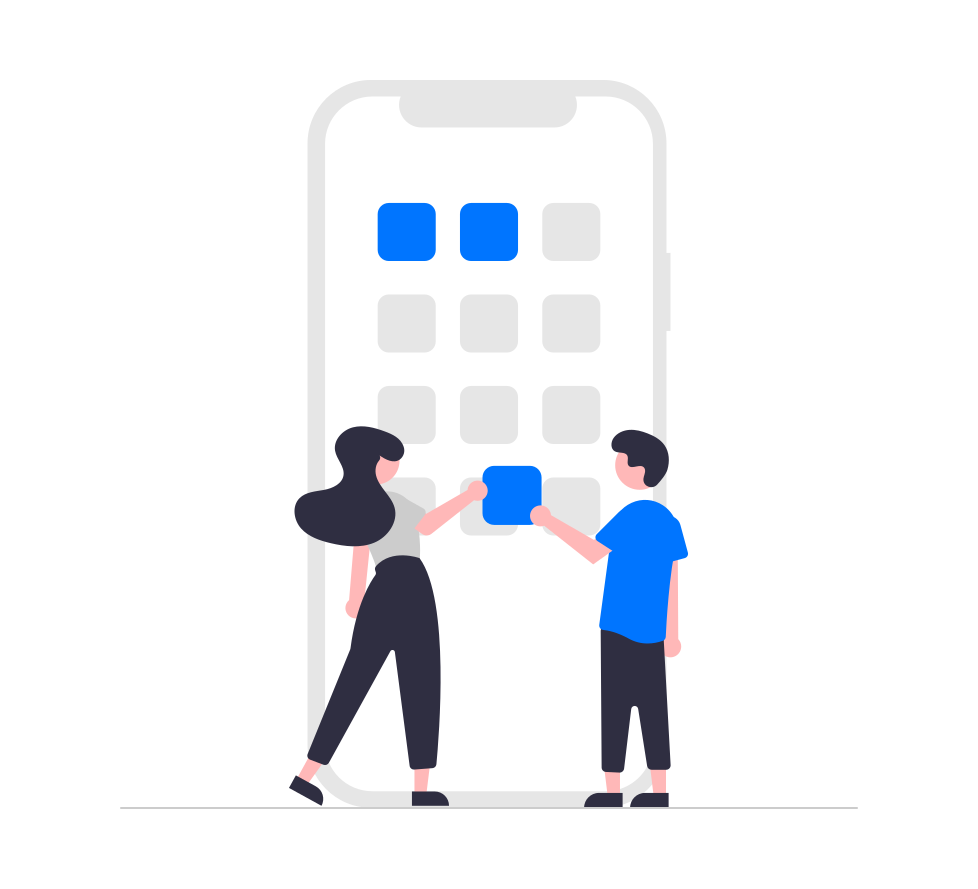
Now, let’s look at 6 tried-and-tested strategies to boost App engagement:
1) Help Users to Accomplish Meaningful Actions and Obtain Immediate Value
The impact of user onboarding on the whole customer journey is significant. Since your onboarding sequence is your users’ first hands-on interaction with your app, it’s critical to establish a solid first impression. Consider user onboarding to be the hook that draws users in for the long haul.
Because user motivation is usually at its peak during onboarding, it’s a fantastic moment to urge them to take action that will provide instant benefit. Each new user should be taken through essential elements of your product as rapidly as possible, to assist them in discovering your product’s primary value proposition.
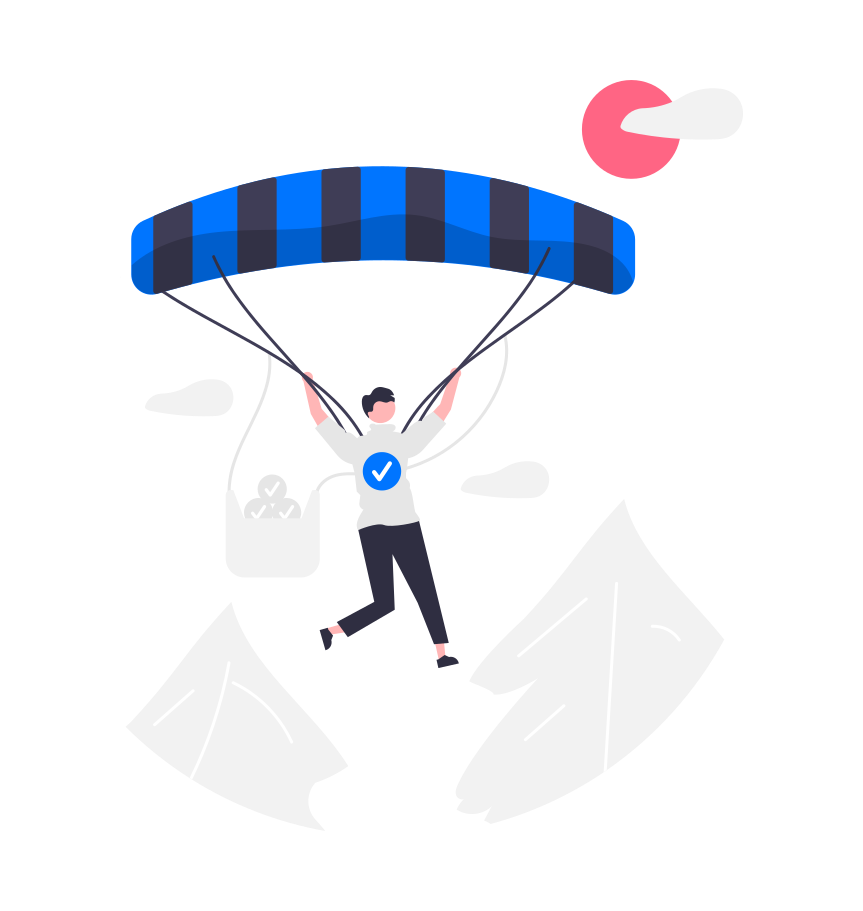
2) To Give Appropriate And Effective Message, Use UX Writing
Don’t approach UX writing as an afterthought. The microcopy you use across your product—CTA buttons, form descriptions, modal dialogs, and so on—can assist users in effectively completing tasks, explaining technical aspects in ordinary language, and encouraging them to continue engaging with your app. Of course, excellent content may also assist lead trial customers to upgrade to premium accounts, boosting your revenue.
Tips:
- Write as a human being. Avoid technical jargon, keep phrases short and simple, and use people’s own words to explain your product wherever necessary.
- To build urgency and help your CTAs stand out, use powerful language and design elements like white space.
- Inject some individuality if your brand allows it. Don’t be scared to incorporate your brand’s joyful and pleasant personality into your microcopy.

3) Gradually Provide New And Useful Product Features To Users
That cool new feature you’re implementing could be quite useful—but only if people are aware of its existence. Emails and blog posts are good ways to announce new product additions, but you also need to connect with your customers within your app to help them find and accept your new feature.
Tips:
- Treat each new feature announcement as if it were a mini-product launch, with in-app callouts directing people to your new feature. A quick tour or modal popup may be useful for complex rollouts to clearly explain how the feature works and how it will benefit users.
- However, keep new feature announcements brief and to the point. You want to make it easier for your users to embrace new features, but interrupting their workflows with long or heavy-handed interruptions defeats the goal.
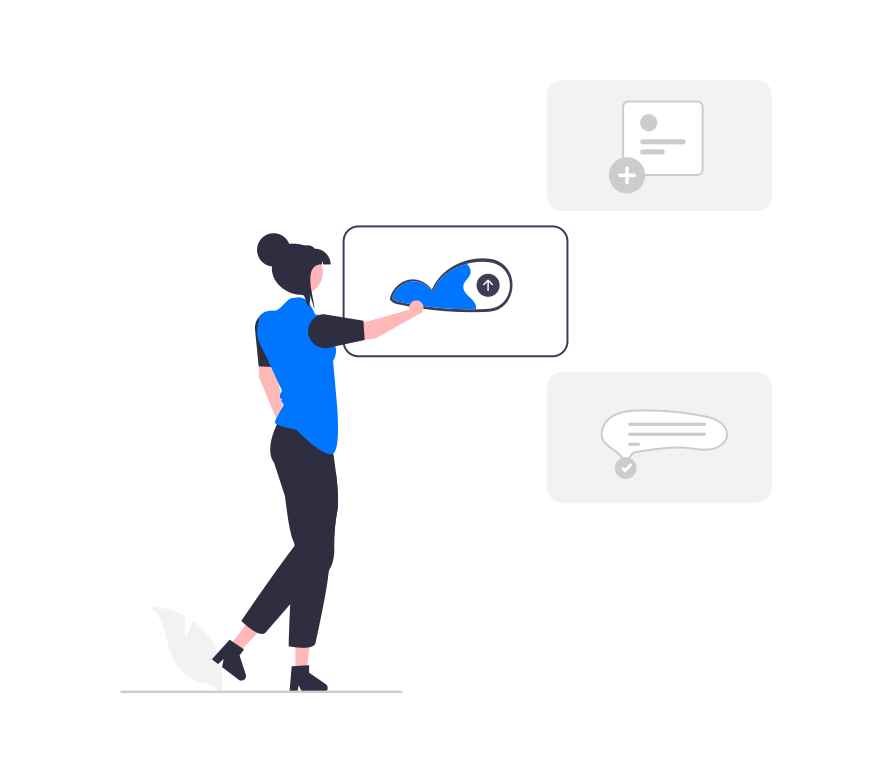
4) Emails Can Be Sent Automatically Based On In-App Activity
App engagement occurs outside of your product as well. Setting key events to send a timely email may be a wonderful way to reinforce the guidance you’re providing within the product through another channel, increasing the likelihood that customers will act. This is due to a phenomenon known as the mere-exposure effect, which states that individuals favor concepts with which they are familiar.
Here are some examples of behavioral emails you may send:
- Activation/sign-up emails.
- One-off emails for specific events.
- Educational drip sequences.
- Customer feedback surveys.
Tips:
- It’s all about the timing. Use in-app triggers to send the correct email to the right person at the right time.
- Create a smooth email flow by ensuring that each email directs customers to the logical next step in your offering.
- Reawrd users for completing each stage. This reward might range from a simple checkbox on an onboarding checklist to a flashy animated modal popup.
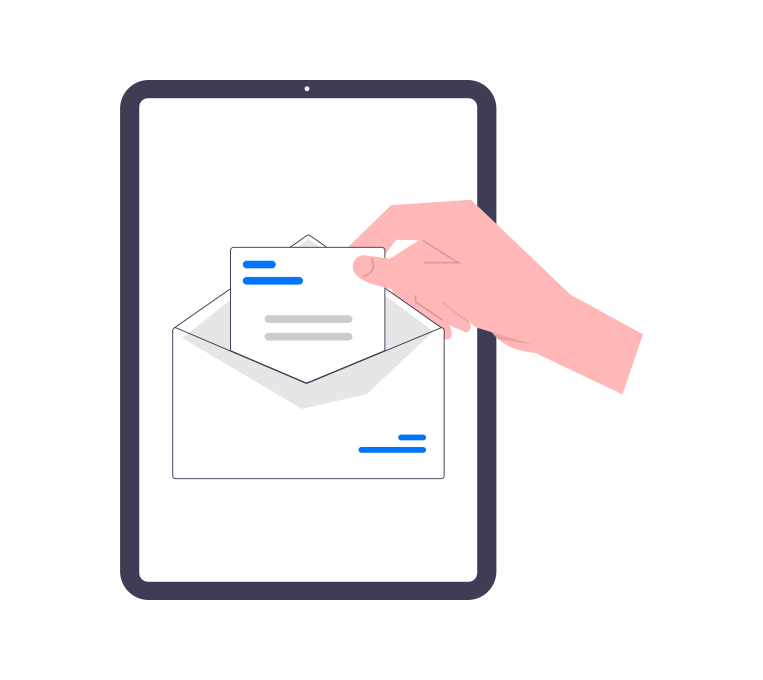
5) Gather Qualitative Feedback To Identify Areas For Improvement
Quantitative data and analytics technologies can reveal a lot about your product’s weaknesses. However, it is unable to explain why. You’ll need to ask your users for this information.
Qualitative data from live chat tools, user surveys, NPS ratings, and session recordings may all help you figure out how to better engage people with your product.
Tips:
- Keep an eye on your feedback frequently. It’s easy to get caught up in your product; taking time to watch your customers or listen to comments may help you develop empathy and spot flaws early on.
- Look for patterns in your data. While individual user input is valuable, it’s frequently more effective to seek for numerous users who are reporting the same issue—this helps you focus on the most essential improvements you can do to enhance app engagement among the majority.
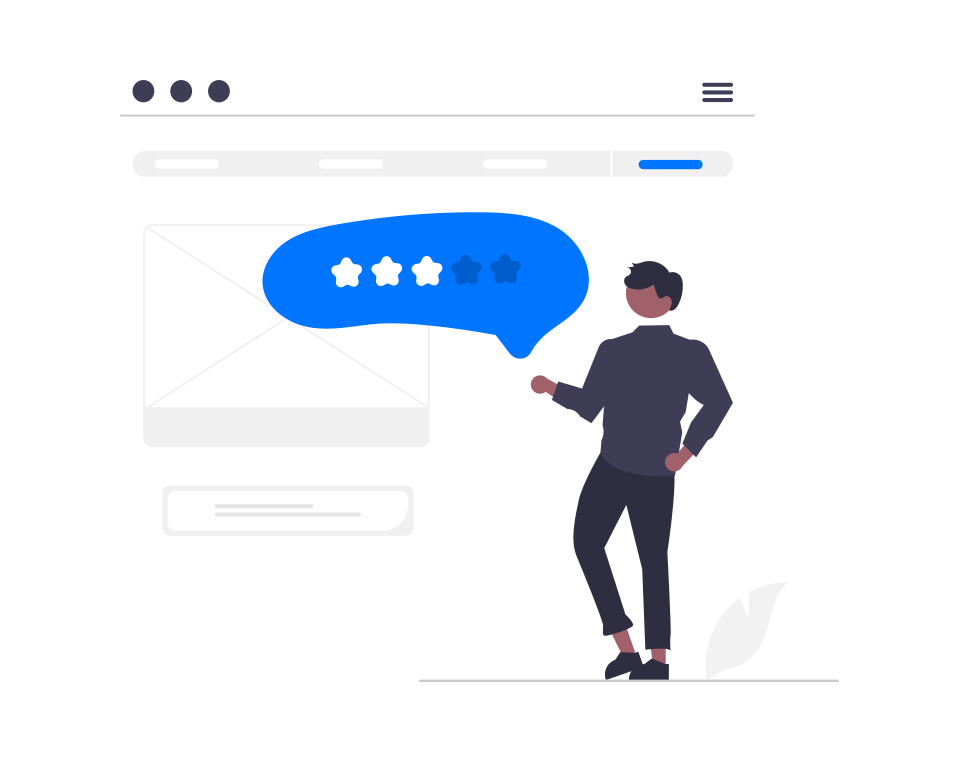
6) Cut Features That People Aren’t Using
Knowing what customers don’t require is sometimes just as essential as knowing what they do want.
Too many features that don’t provide value generate product debt, which may cause your main product to suffer and lead people to assume you’ve lost focus on the key features they signed up for in the first place.
Removing features is a difficult decision, especially when you’ve invested a lot of time and effort in their creation. However, if your analytics data reveals that customers aren’t utilizing that sparkling new feature you launched last year, you have two options:
1.ask them why they aren’t using it and spend additional resources to improve it.
or
2. cut your losses and cancel the feature immediately.
Tips:
- Removing unnecessary features allows people to concentrate on the most important and helpful aspects of your product. Users will identify the essential value faster if you present fewer options.
- Large, complex feature sets can add to your team’s development and maintenance costs, lowering the amount of time you have to focus on refining the key functions.
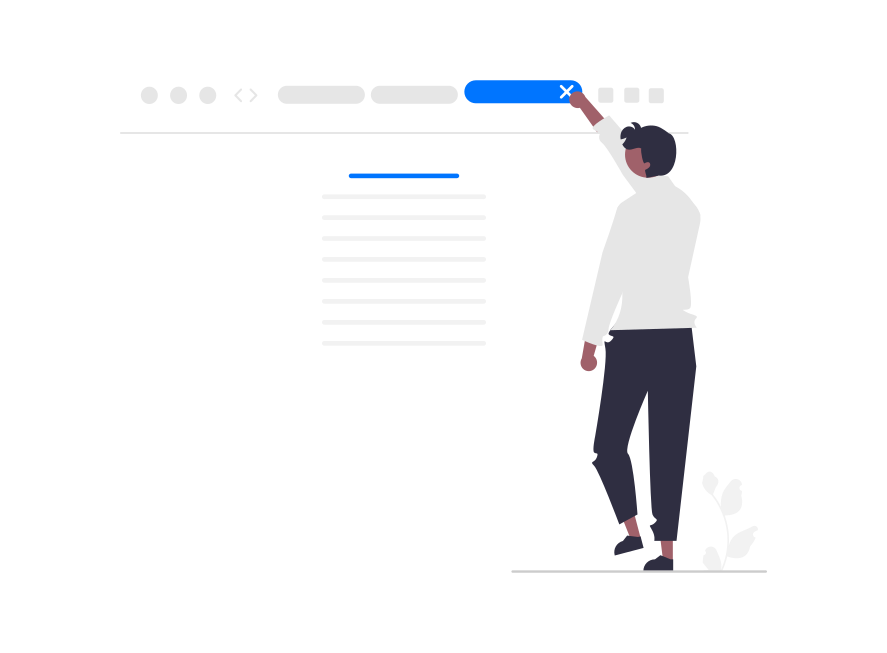
When It Comes To App engagement, There Is No Definitive Answer
Every product and every user is unique. It will take some trial and error to figure out the best strategies to keep users interested. And, even if your app surpasses expectations, some people may switch brands for the sake of variety.
The good news is that the possibilities for enhancing app engagement are virtually limitless. Every enhancement you make, whether it’s improving your onboarding, refining your microcopy, releasing new features, or gathering user feedback, may improve user experience, promote sustainable growth, and keep your churn rate in control.
Use Radix to Track & Analyze Vital Metrics to Improve Churn, Boost Revenue, and enhance app engagement!
If you’re not using Radix to reduce churn and monitor vital metrics, you’re doing it wrong. At the same time, be sure to set up a system that automatically alerts you if any vital metrics are on the decline so you can take steps to reverse them before they get out of hand. With that said, don’t obsess over your conversion rate and all other vital metrics—continue to build your app with a clear vision of how it can add value in your customers’ lives, and then be patient. Great products and companies take time, and if you believe in yours, your prospects will come around.
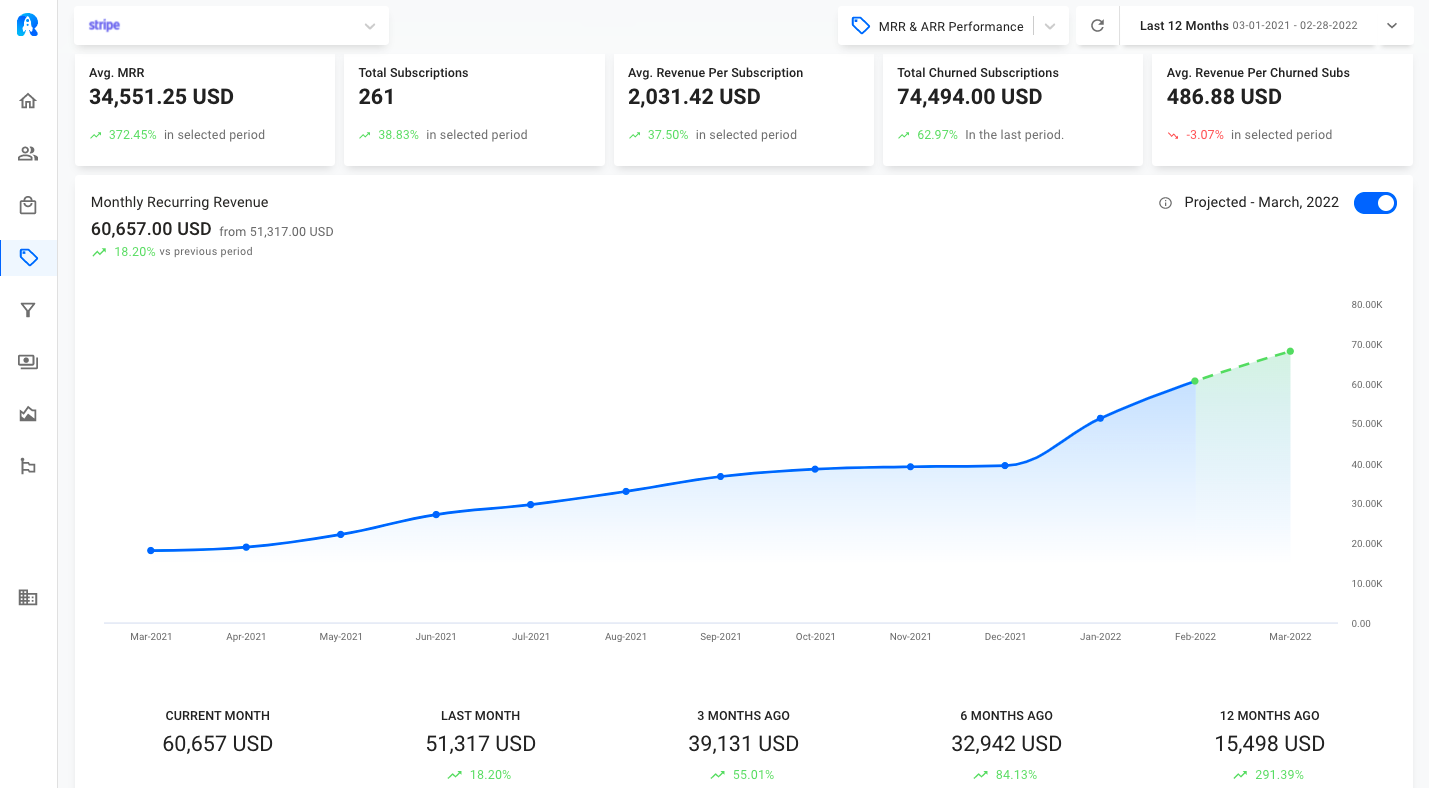
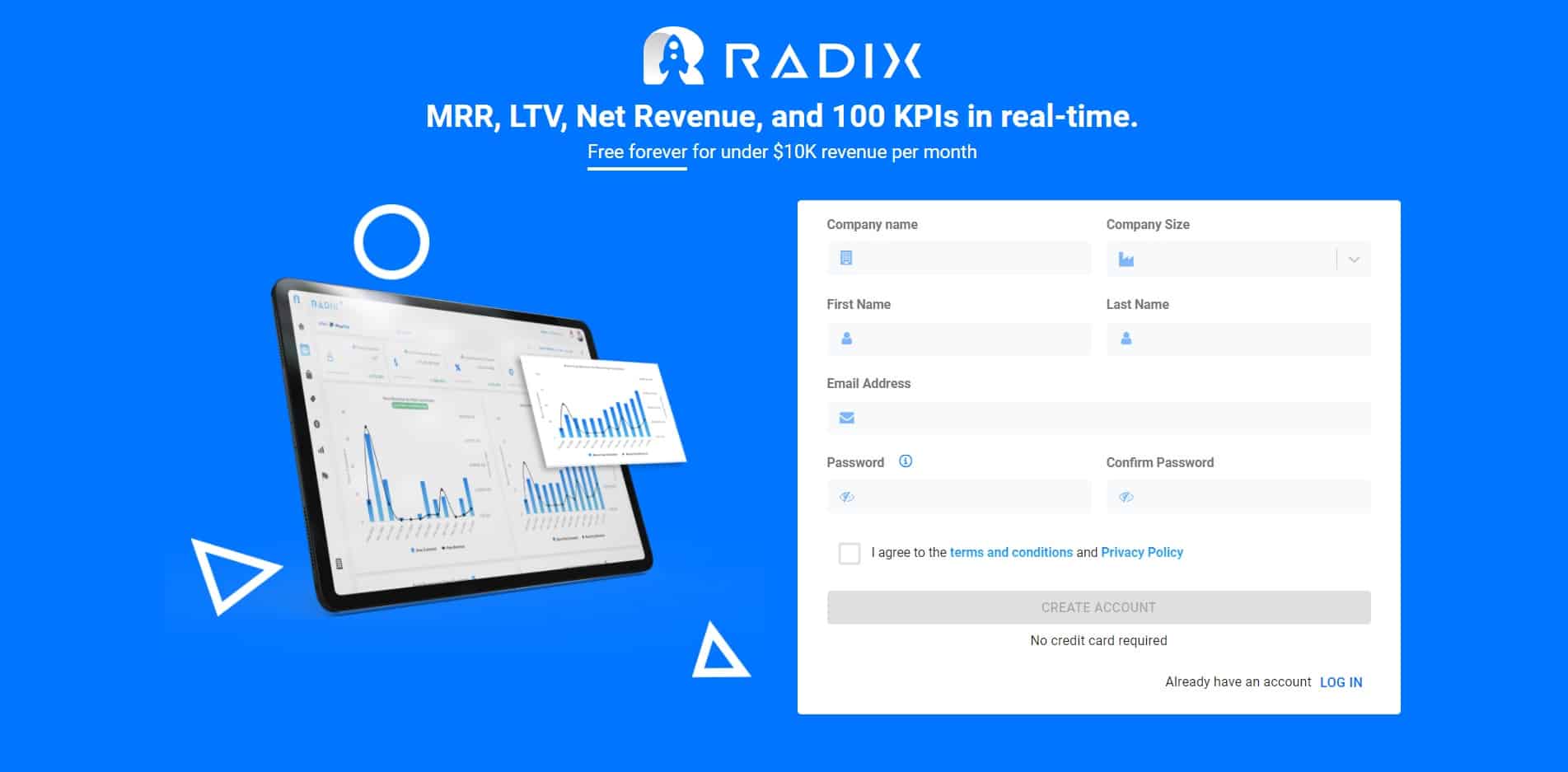
Read More:
8 Strategies to Increase your Free Trial Conversion Rate
15 Ways to Reduce Churn: Radix Edition
Improve MRR Performance:10 Tips for Improving Your MRR for Better Business Growth
How to Effectively Convert Free Trial Users into Paying Customers in SaaS?



